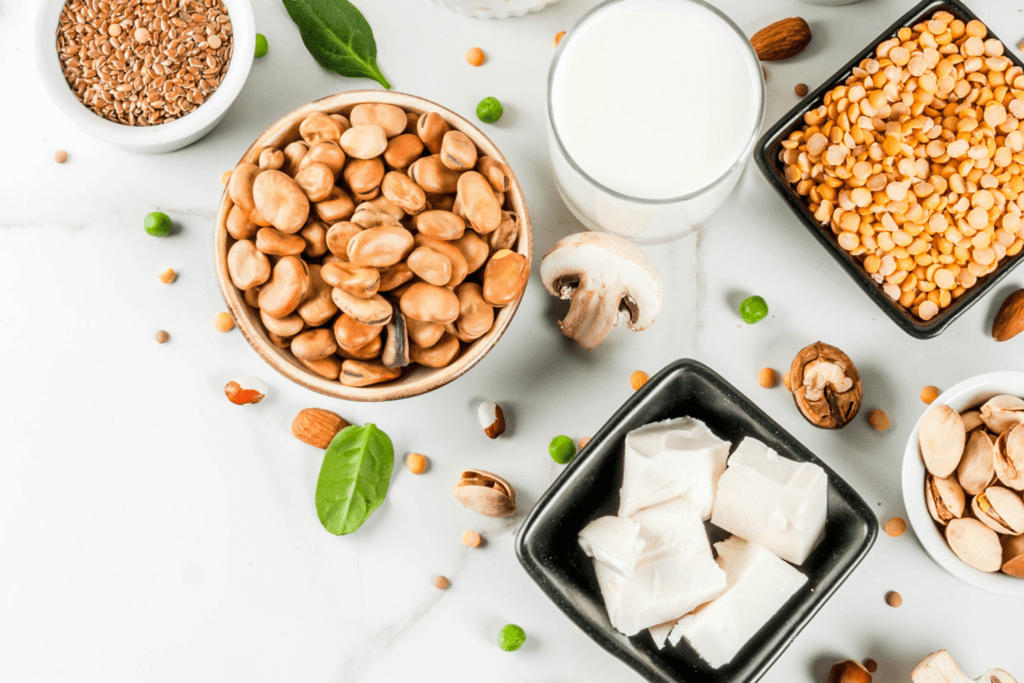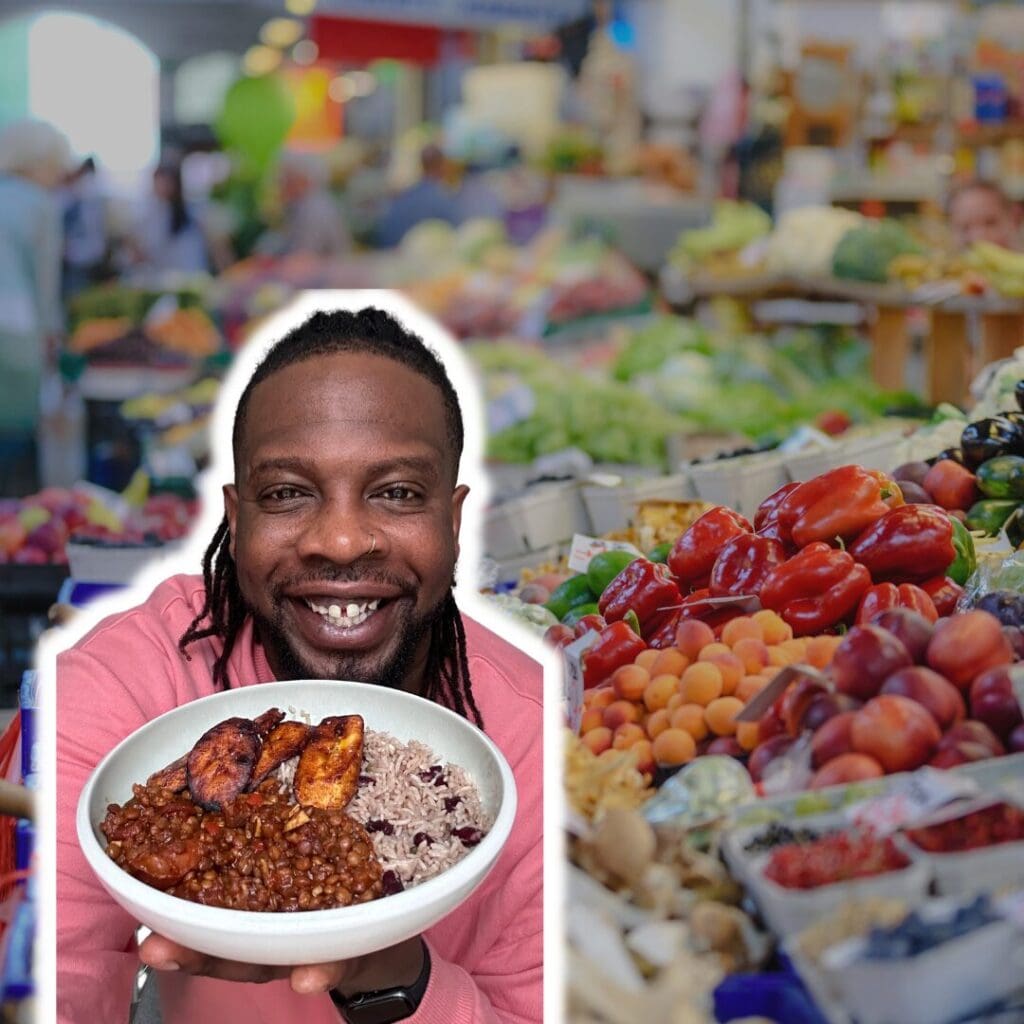Go plant-based for the planet

Read on to learn how animal agriculture impacts our environment, and how a plant-based diet can help.
Climate Change.
The rise of intensive farmed animal production (factory farming) is causing major environmental damage around the world.
Scientists behind one of the most comprehensive analyses to date of the environmental impact of food production have argued that avoiding meat and dairy products is the best way to reduce your environmental impact on the planet. In fact, research suggests that shifting Western diets to plant-based eating patterns has the potential to reduce food-related greenhouse gas emissions by up to 70 percent.
The UN projects an increase in global meat consumption of 76% by 2050, including a doubling in the consumption of poultry, as well as a 69% increase in beef and a 42% increase in pork consumption. This means that the problems listed below can only get worse, as the animal agriculture sector grows to meet demand.
The animal agriculture industry contributes to greenhouse gas emissions in a number of ways, including:
- Deforestation caused by expansion of pastures and land for feed crops
- Burning fossil fuel to produce fertilizers used in feed production
- Maintaining industrial animal production facilities
- Transporting feed and processing and transporting animal products
- Methane release from the breakdown of fertilizers and from manure
- Methane release from enteric fermentation (produced by animals)
A study by the Institute for Agriculture and Trade Policy (IATP) and the NGO Grain found that, together, the world’s top five meat and dairy corporations are now responsible for more annual greenhouse gas emissions than fossil fuel companies Exxon, Shell or BP. The United Nations Food and Agriculture Organization (FAO) has therefore stated that:
The livestock sector emerges as one of the top two or three most significant contributors to the most serious environmental problems, at every scale from local to global.
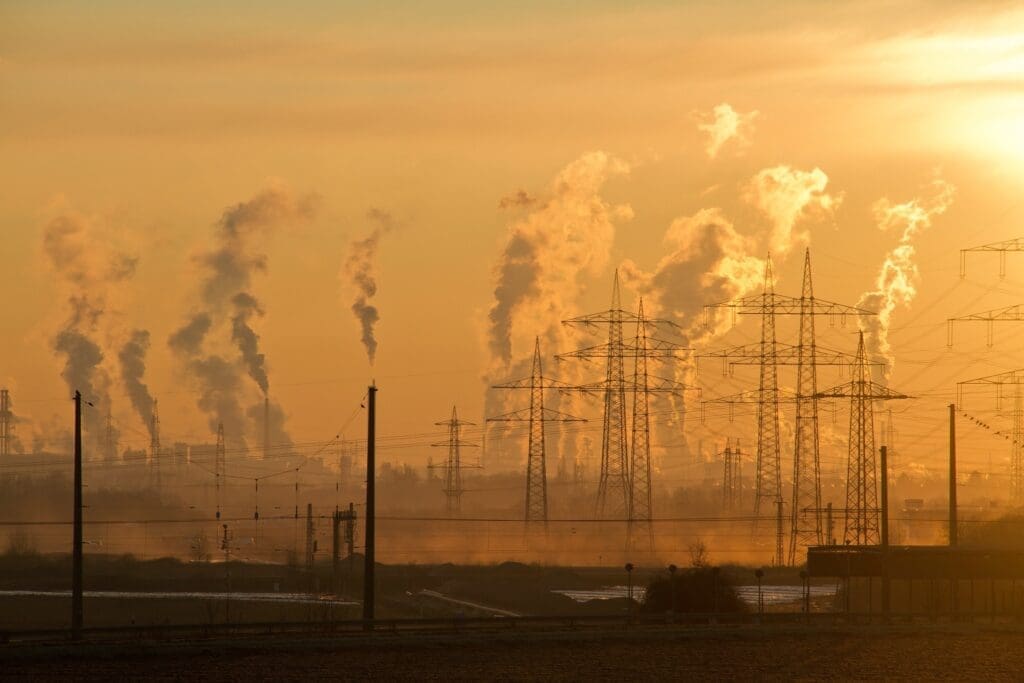
Water Pollution.
Globally, agriculture is the largest source of water pollution – and the animal agriculture sector is a major contributor. A 2018 report by the Food and Agriculture Organization of the UN (FAO) and the International Water Management Institute (IWMI) found that:
…the intensification of livestock production — world livestock numbers have more than tripled since 1970 — has seen a new class of pollutants emerge: antibiotics, vaccines and hormonal growth promoters that travel from farms through water into ecosystems and our drinking water. At the same time, water pollution by organic matter from livestock farming is now significantly more widespread than organic pollution from urban areas.
The meat and animal agriculture industry has also been blamed for ocean “dead zones” in which marine life has been killed off by toxic agricultural run-off that pours into rivers emptying into coastal waters.

Air Pollution.
Aside from greenhouse gases, animal agriculture produces significant air pollution. Research shows animal agriculture operations are a source of numerous airborne contaminants including gases, odours, dust, and microorganisms. It has been estimated that a 50 percent reduction in agricultural ammonia emissions worldwide could prevent more than 200,000 deaths per year across 59 countries.
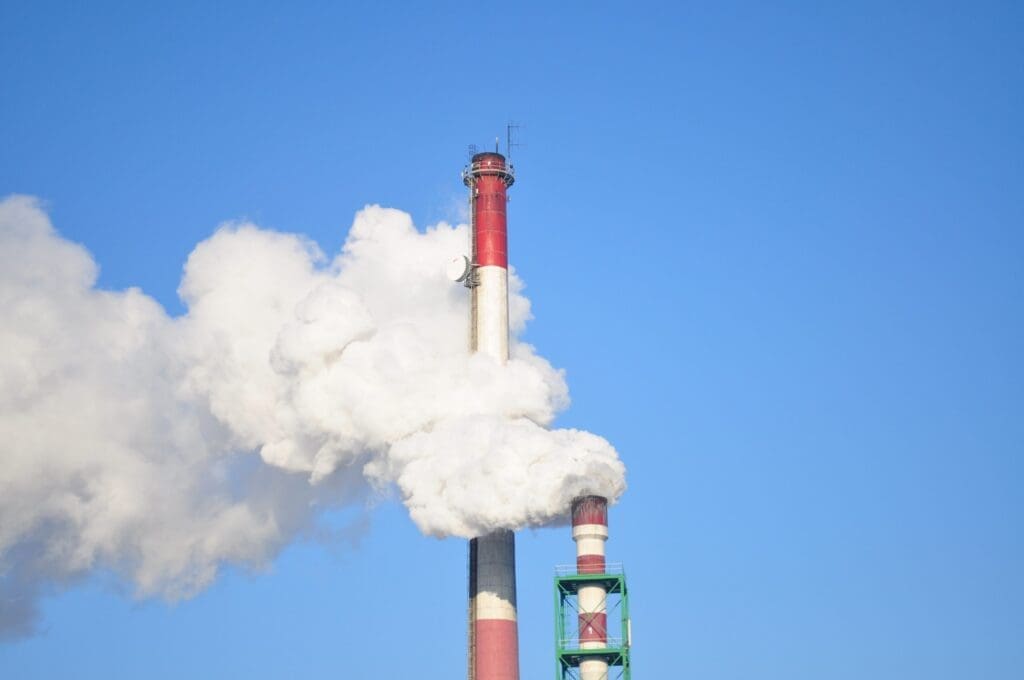
Species Loss.
The Worldwide Fund for Nature (WWF) published a report in 2017, stating that: “biodiversity is disappearing at an astonishing rate due to the food we eat and the feed we supply our livestock industry…” According to the report, 60 percent of all biodiversity loss across the planet can be traced back to farmed animal production.
Another study states:
The consumption of animal-sourced food products by humans is one of the most powerful negative forces affecting the conservation of terrestrial ecosystems and biological diversity. Livestock production is the single largest driver of habitat loss, and both livestock and feedstock production are increasing in developing tropical countries where the majority of biological diversity resides.

Antibiotic Resistance.
According to the Centres for Disease Control (CDC), antibiotic resistance is one of the most urgent threats to the public health. Antibiotic resistance occurs when bacteria develop the ability to defeat the drugs designed to kill them. Most antibiotics are fed to farm animals, which can create antibiotic-resistant “superbugs” that infect humans. A 2015 study concluded that:
Demand for animal protein for human consumption is rising globally at an unprecedented rate. Modern animal production practices are associated with regular use of antimicrobials, potentially increasing selection pressure on bacteria to become resistant.
Another study on the issue said: “one solution to reduce antimicrobial consumption in animal production may be to promote low-animal-protein diets.”

Use of valuable resources.
According to the United Nations Food and Agriculture Organization (FAO), 26% of the planet’s ice-free land is used for farmed animal grazing and 33% of croplands are used for farmed animal feed production. The FAO says:
The livestock sector is one of the key drivers of land-use change. Each year, 13 billion hectares of forest area are lost due to land conversion for agricultural uses as pastures or cropland, for both food and livestock feed crop production.
Beef production alone uses about three fifths of global farmland but yields less than 5% of the world’s protein, according to a report by the Worldwatch Institute, which also states:
Meat production also consumes a lot of water. Agriculture uses about 70 percent of the world’s available freshwater, and one third of that is used to grow the grain fed to livestock.
Indeed, it takes 15,000 litres of water to produce a kilogram of beef, which is far more than is required by a number of staple foods, such as rice (3,400 liters per kg) or potatoes (255 litres).
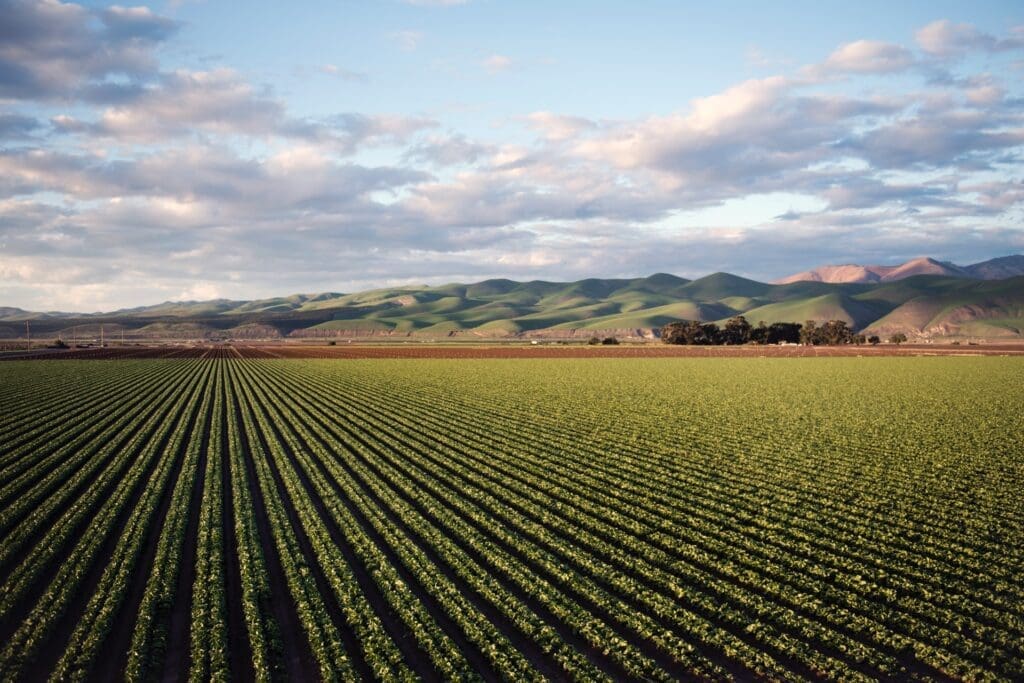
Take action today!
Take quick action for animals on Earth Day! The Vancouver Humane Society is supporting Animal Justice Academy and calling on the federal government to transition federal food services and catering toward more plant-based options by December 2022. From now until April 22, 2022, add your voice in the social media storm.
Use the buttons below to quickly tweet your support:
More posts like this
3 ways to get involved in Canada’s first official Veganuary
Happy New Year! Veganuary 2025 is here!
Embrace the challenge: join Veganuary 2025!
New research finds plant protein equal to animal protein for building muscle
For years, many people thought animal protein (like beef or chicken)…
Chat with Ebenezer Odeniyi, vegan advocate and online cook
I’m an online cook; here’s how I advocate for plant-based eating…
I’m a photojournalist; here’s how I advocate for animals using the power of imagery
I’m a photojournalist; here’s how I advocate for animals using the…



